Top Generative AI Tools to Use in 2025
Generative AI has evolved from a niche experiment to a mainstream tool that’s transforming the way we write, design, compose music, produce videos, and even code software projects. The tools available in 2025 have moved beyond just possibilities—they are about finding the best solutions that actually work. With a plethora of AI applications flooding the market, it’s easy to feel overwhelmed. This guide aims to simplify things by highlighting only the best tools and what they truly offer.
The 10 Best Generative AI Tools in 2025
1. GPT-4 Turbo (OpenAI)
It’s impossible to talk about generative AI without mentioning GPT-4 Turbo. It powers everything from smart email replies to full blog posts and research summaries. This year, its standout feature is memory, enabling it to remember previous conversations for more relevant responses. Faster and cheaper than its predecessors, it has become the backbone for many applications built on top of it.
2. Midjourney v6
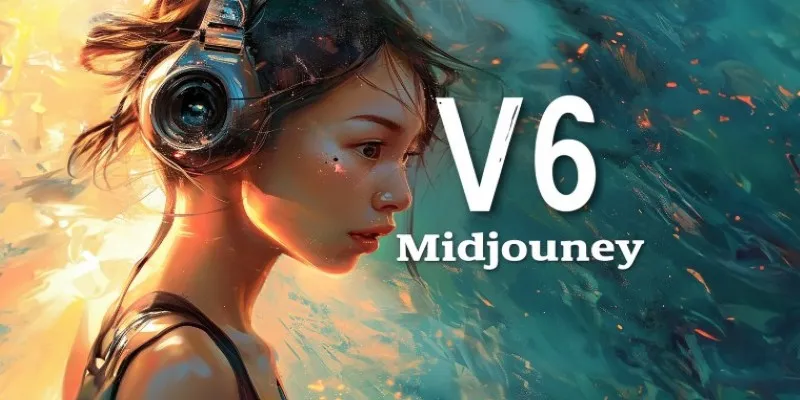
If you require AI-generated images, Midjourney remains a top choice. With version 6, it offers higher visual fidelity, more realistic lighting, and smoother textures. Artists use it for concept art, while marketers rely on it for quick mockups. Simply type what you want to see, and it renders it with more control than ever before. This version also excels in small visual details, such as posture, hand shape, and depth.
3. Adobe Firefly
Adobe Firefly distinguishes itself through seamless integration into Adobe’s ecosystem. It’s not just about image generation anymore; it now supports text effects, generative fill in Photoshop, and scene expansion. Ideal for those already using Creative Cloud, it also ensures commercial use safety as it’s trained on licensed content.
4. Sora (OpenAI)
Sora generates short videos from text prompts. Although it’s still in early stages, it’s accurate enough for product demonstrations, explainer clips, and visual storytelling. You describe a scene, and it outputs a video that closely resembles your imagination. While not perfect, improvements include smoother motion and better character interaction.
5. Runway Gen-3
Runway’s Gen-3 takes text-to-video further. It’s not just about realism but style as well. You can request cinematic sequences, animations, or live- action-like videos. Gen-3 provides more scene control, allowing you to set up a digital storyboard. This feature is particularly useful for content creators and advertisers.
6. ElevenLabs
Voice cloning has evolved with ElevenLabs, no longer sounding robotic. Their AI reads scripts in natural, emotional tones, capable of cloning voices from short samples or generating entirely new ones. Podcasters, audiobook creators, and businesses use it to scale content quickly without compromising authenticity.
7. Claude 3 (Anthropic)
Claude 3 focuses on helpfulness and safety. It’s trained to avoid misinformation and provide clear responses. Thoughtful and less prone to hallucinations, it’s used in customer support, legal document summaries, and project planning. For those seeking a reliable second brain, it’s a preferred alternative to GPT.
8. Synthesia
Synthesia creates AI avatars that speak on screen, making it ideal for corporate training, tutorials, and internal presentations. Choose an avatar, add your script, and the platform transforms it into a polished video with synced lip movements and gestures. Recent updates in 2025 have enhanced animation smoothness and broadened language support.
9. Perplexity AI
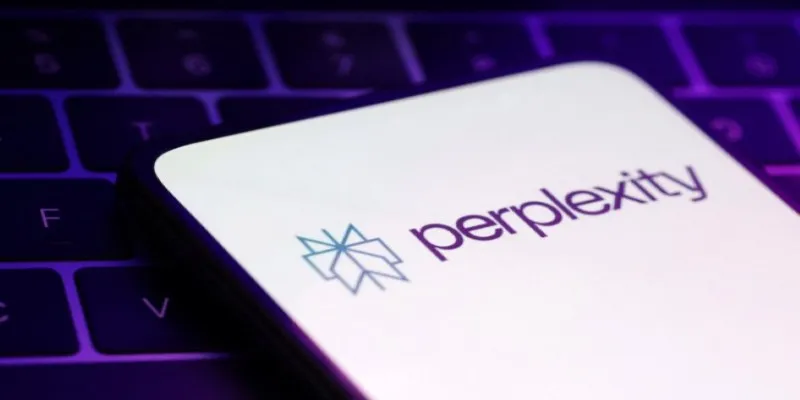
Think of Perplexity as an AI search assistant. It combines search results with clean summaries, offering a better alternative to scrolling through links. Supporting citations, sources, and a chat-like interface, it’s great for students, researchers, and anyone tired of digging through pages. It learns from follow-up questions, refining answers as your queries evolve.
10. Uizard
For product designers and startups, Uizard turns ideas into mockups swiftly. Describe the interface or upload a sketch, and it builds prototypes complete with buttons, screens, and layout structure. With real-time collaboration and export options for developers, design time is significantly reduced. Starting with a pre-made template can expedite the process even further.
How to Use a Generative AI Tool for Real Work?
Among the many choices, one tool stands out for its flexibility and consistent performance across tasks: GPT-4 Turbo. Here’s how to make the most of it:
Start by setting clear expectations in your prompt. Specify the format and any word limit. GPT-4 Turbo responds better to direct requests. For example, instead of saying, “Tell me about healthy diets,” try: “Write three short paragraphs explaining the benefits of a plant-based diet for someone new to the idea. Keep the tone friendly and avoid medical jargon.” This approach saves time and produces a cleaner first draft.
Next, utilize the memory feature wisely. Store useful facts, tone preferences, or writing guidelines by updating the memory section (if your platform supports it). For instance, if you often require writing in a specific brand voice or need to avoid certain topics, add that information once and avoid repeating it each time. It learns from your instructions and applies them to future interactions, ensuring consistency even when switching between tasks.
Conclusion
The generative AI landscape in 2025 is no longer about new developments—it’s about what effectively saves you time. Each tool listed here provides different value, whether in visuals, voice, text, or video. While no single tool fits every use case, some, like GPT-4 Turbo, are versatile across more workflows. The true advantage lies not just in what these tools can do, but in how you can shape them to work better for you.
Related Articles

What Makes Generative AI by Getty Images The Best AI Image Generator for Businesses?

The 4 Best AI Website Builders for Effortless Website Creation

Streamline Your Workflow with the 9 Best AI Meeting Assistants in 2025

How to Simplify Marketing: The 12 Best AI Tools for Social Media Management

AI Job Search Tips

The 9 Best AI Recruiting Tools

Discover the Best AI Image Generators to Bring Your Ideas to Life in 2025

Unlocking Creativity: The Best Free AI Tools for Image Generation
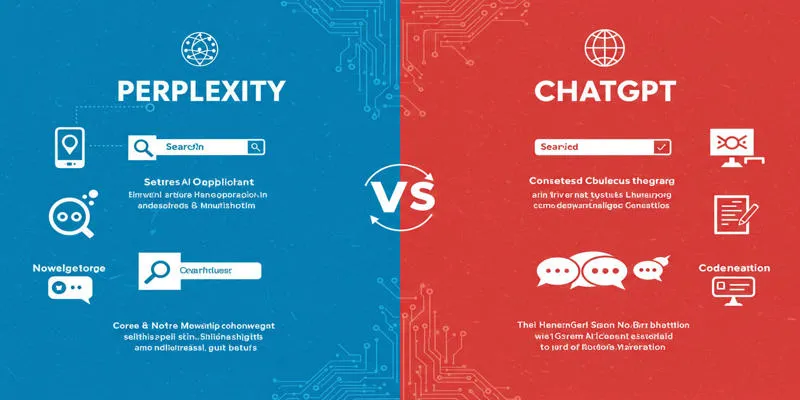
Perplexity vs. ChatGPT

6 Ways Businesses Are Using AI in eCommerce to Stay Competitive
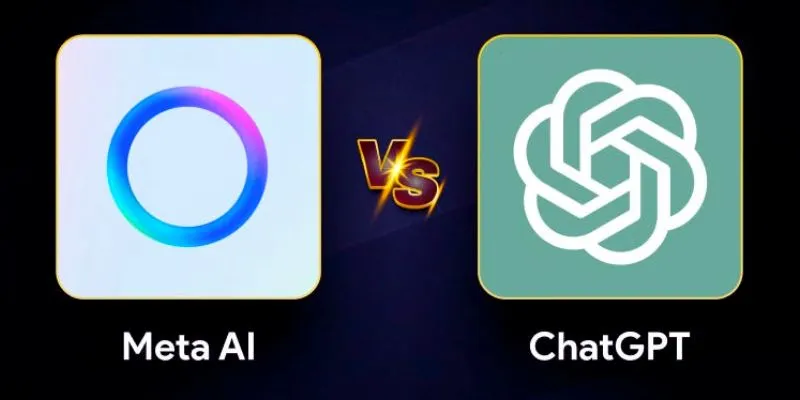
Meta AI vs. ChatGPT: Key Differences and Which Is Better for You

The 6 Best AI App Builders in 2025 for Fast, No-Code Development
Popular Articles

The 24 Best Sales Tools to Supercharge Your Team's Performance

How Can You Automatically Send Emails for New Airtable Records?
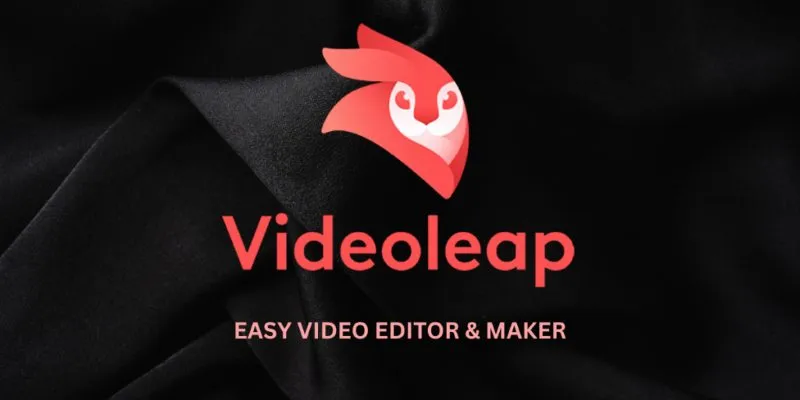
Complete Videoleap Detailed Review That Most Users Didn't Know

Top 6 Electronic Signature Apps in 2025 to Sign Documents with Ease

11 Best Free Screen Recorders Without Watermark

5 Simple Methods to Convert MP4 to MPEG on Your Mac

Free and Powerful: 8 AI Image Enhancers to Boost Photo Quality

The 10 Best Competitor Analysis Tools in 2025 to Level Up Your Strategy

Top 10 QuickTime Player Alternatives for Smooth Media Playback
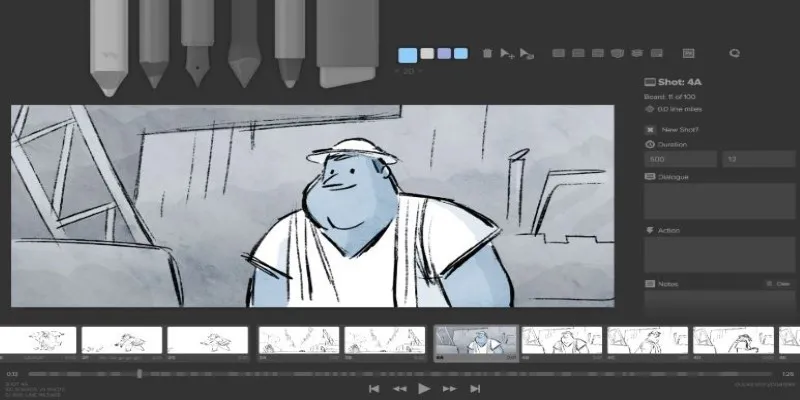
Best Linux Tools for Creating and Managing Storyboards

5 Hassle-Free Ways to Edit MTS Videos Using Final Cut Pro
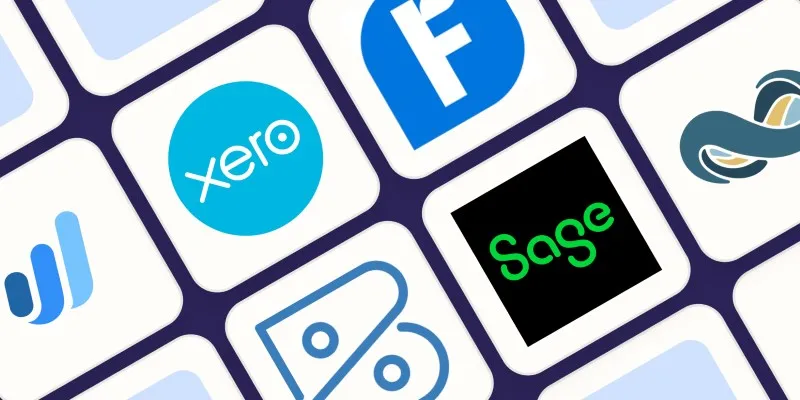
 mww2
mww2